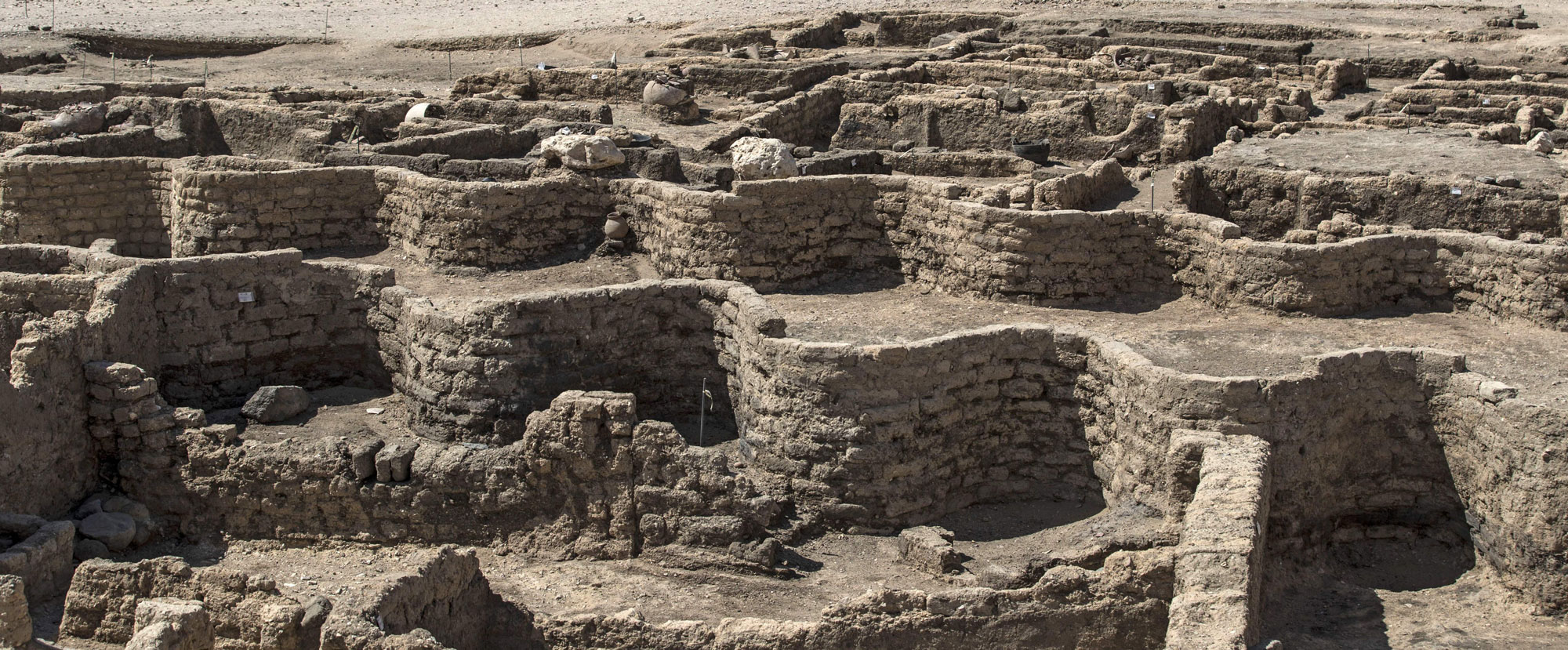PAMPLONA, SPAIN—According to a Live Science report, archaeologist Ken Dark of the University of Reading and the University of Navarra reviewed the records of archaeological excavations of thousands of burial sites dated from the fifth through seventh centuries A.D. in Ireland and the west of Britain in an effort to identify possible British royal graves. Dark suggests that the early British and Christian royals may have had simple burials without grave goods, in an effort to distinguish themselves from the elaborate, pagan funeral practices of the Anglo-Saxon rulers in the east. As an example, Dark offers a gravestone discovered in northwestern Wales inscribed with the name Catamanus, who retired from kingship to become a monk before his death. Grave sites found in early Christian cemeteries, perhaps set apart with outer enclosures, could hold the remains of kings, Dark said. “The enclosed grave tradition comes straight out of late Roman burial practices,” Dark said. “And that’s a good reason why we have them in Britain, but not in Ireland—because Britain was part of the Roman empire, and Ireland wasn’t.” Irish royal graves are usually covered with mounds called “ferta,” he added. To read about efforts to identify the burials of famous historical leaders, go to "In Search of History's Greatest Rulers."
The Search for “Lost” Royal Graves in Britain and Ireland
News March 29, 2022
Recommended Articles
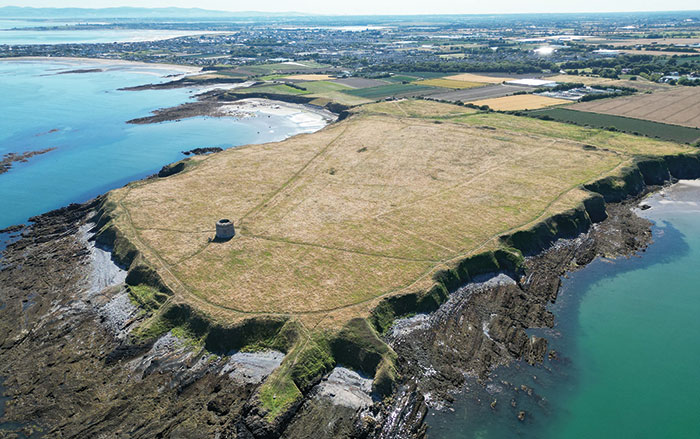
Digs & Discoveries November/December 2021
An Irish Idol

Top 10 Discoveries of 2020 January/February 2021
Largest Viking DNA Study
Northern Europe and Greenland
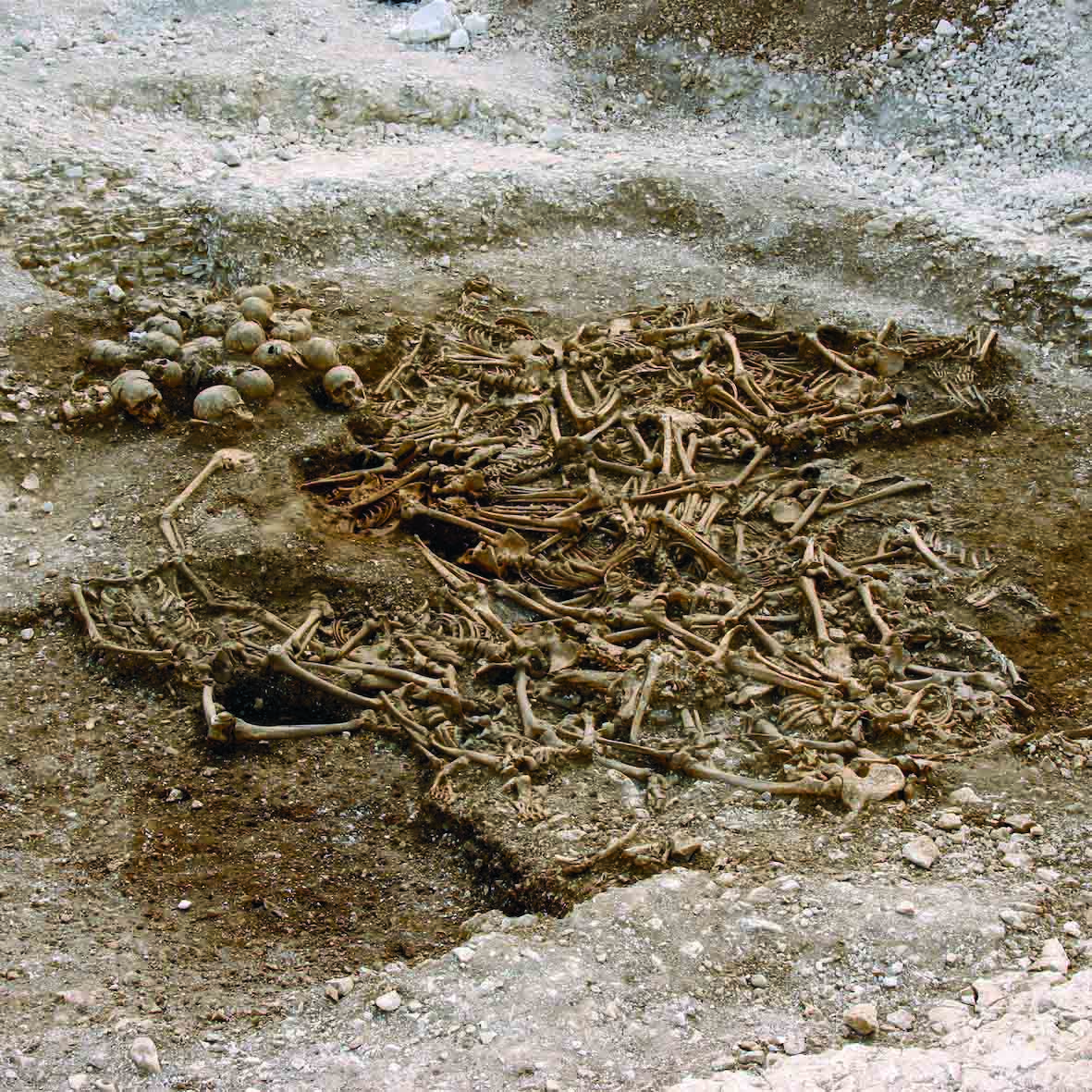
Features March/April 2020
Inside a Medieval Gaelic Castle
A tiny Irish island holds the secrets of an unknown royal way of life

-
Features January/February 2022
At Face Value
Researchers are using new scientific methods to investigate how artists in Roman Egypt customized portraits for the dead
 (© The Trustees of the British Museum)
(© The Trustees of the British Museum) -
Letter from the Galapagos Islands January/February 2022
Transforming the Enchanted Isles
Archaeologists uncover the remote archipelago’s forgotten human history
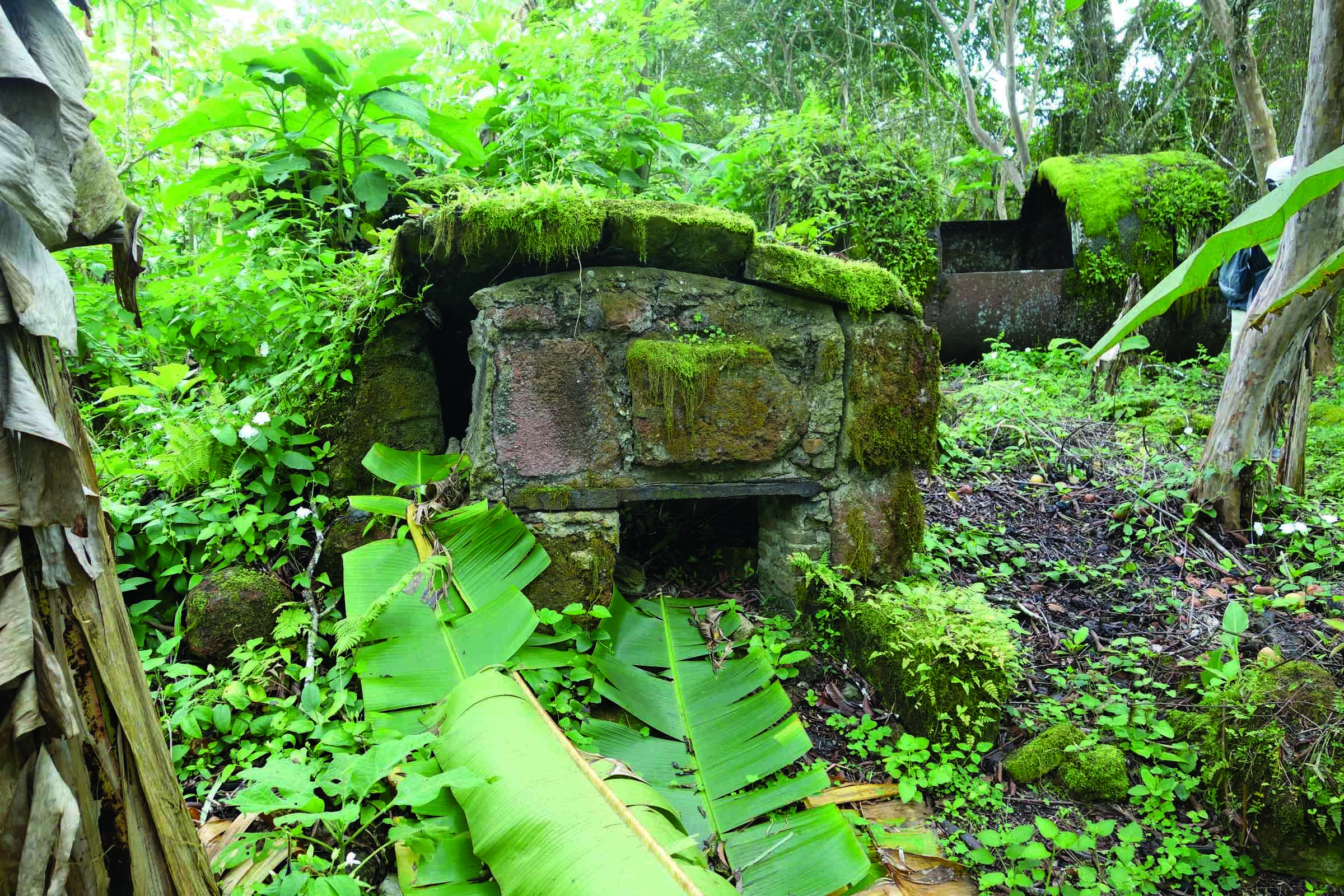 (Courtesy Historical Ecology of the Galapagos Islands Project)
(Courtesy Historical Ecology of the Galapagos Islands Project) -
Artifacts January/February 2022
Roman Key Handle
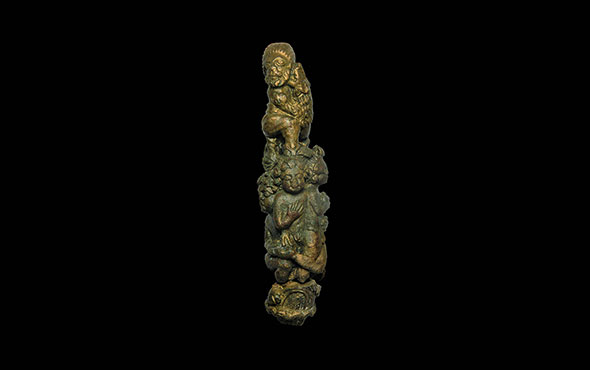 (University of Leicester Archaeological Services)
(University of Leicester Archaeological Services) -
Digs & Discoveries January/February 2022
The Roots of Violence
 (Courtesy of the Wendorf Archives of the British Museum)
(Courtesy of the Wendorf Archives of the British Museum)


